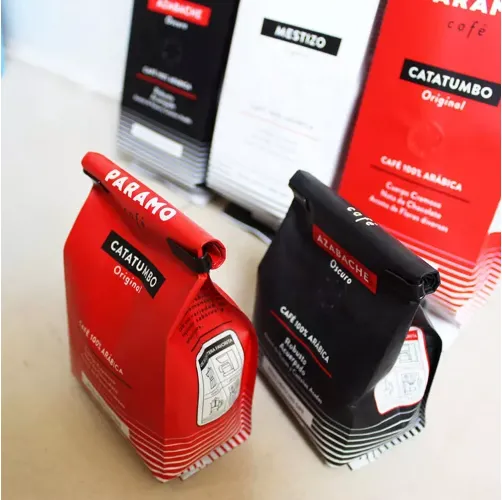- Afrikaans
- Albanian
- Amharic
- Arabic
- Armenian
- Azerbaijani
- Basque
- Belarusian
- Bengali
- Bosnian
- Bulgarian
- Catalan
- Cebuano
- chinese_simplified
- chinese_traditional
- Corsican
- Croatian
- Czech
- Danish
- Dutch
- English
- Esperanto
- Estonian
- Finnish
- French
- Frisian
- Galician
- Georgian
- German
- Greek
- Gujarati
- haitian_creole
- hausa
- hawaiian
- Hebrew
- Hindi
- Miao
- Hungarian
- Icelandic
- igbo
- Indonesian
- irish
- Italian
- Japanese
- Javanese
- Kannada
- kazakh
- Khmer
- Rwandese
- Korean
- Kurdish
- Kyrgyz
- Lao
- Latin
- Latvian
- Lithuanian
- Luxembourgish
- Macedonian
- Malgashi
- Malay
- Malayalam
- Maltese
- Maori
- Marathi
- Mongolian
- Myanmar
- Nepali
- Norwegian
- Norwegian
- Occitan
- Pashto
- Persian
- Polish
- Portuguese
- Punjabi
- Romanian
- Russian
- Samoan
- scottish-gaelic
- Serbian
- Sesotho
- Shona
- Sindhi
- Sinhala
- Slovak
- Slovenian
- Somali
- Spanish
- Sundanese
- Swahili
- Swedish
- Tagalog
- Tajik
- Tamil
- Tatar
- Telugu
- Thai
- Turkish
- Turkmen
- Ukrainian
- Urdu
- Uighur
- Uzbek
- Vietnamese
- Welsh
- Bantu
- Yiddish
- Yoruba
- Zulu
moisture absorbing packets
Understanding Moisture Absorbing Packets A Key to Preservation
Moisture absorbing packets, often recognized by their small, silica gel sachets, are a common yet often overlooked component in product packaging. These tiny packets play a crucial role in preserving the quality and longevity of various items, from food products to electronics and pharmaceuticals. Their main purpose is to control humidity levels and prevent moisture-related damage, making them essential for maintaining product integrity.
At its core, moisture absorption is essential because many materials and products are sensitive to humidity. Excess moisture can lead to mold growth, spoilage, and degradation of quality. In food products, for example, high moisture levels can encourage bacterial growth and spoilage, resulting in significant food waste and economic loss. Electronics, on the other hand, can suffer from corrosion, short-circuiting, or malfunctioning due to moisture exposure. Therefore, incorporating moisture absorbing packets into packaging is a proactive measure taken by manufacturers to mitigate these risks.
Silica gel is the most commonly used desiccant in moisture absorbing packets. This form of silicon dioxide is a porous, granular material that effectively adsorbs moisture from the surrounding environment. Silica gel can hold up to 40% of its weight in water, making it an efficient choice for maintaining low moisture levels. These packets are often marked with Do Not Eat warnings, as they are not edible and can pose choking hazards if ingested, especially by children.
Aside from silica gel, there are other types of desiccants such as clay, calcium sulfate, and activated charcoal. Each type has varied properties and effectiveness depending on the intended use. For instance, calcium sulfate is commonly found in applications where cost-efficiency is crucial, while activated charcoal may be used in environments where odor absorption is also a concern.
moisture absorbing packets

Moisture absorbing packets come in various sizes and shapes to cater to different packaging needs. Small sachets are typically employed in consumer goods, while larger packets may be found in bulk products or industrial applications. Regardless of size, all moisture absorbing packets share the same fundamental objective to absorb excess moisture and maintain an optimal storage environment.
The effectiveness of moisture absorbing packets can be influenced by several factors, including temperature, humidity levels, and the amount of air circulation around the product. Ideally, these packets should be stored in a cool, dry place and replaced when they become saturated. Some packets even come with moisture indicators that change color when they have reached their absorption capacity, allowing users to identify when it's time for a replacement.
The value of moisture absorbing packets extends beyond food preservation and electronics. They are also used in the textile industry to protect garments from mildew during storage and in archival settings to protect valuable documents from moisture damage. Collectors of coins, stamps, and other memorabilia often place these packets in display cases to ensure that their prized possessions remain safe from deterioration caused by humidity.
In recent years, there has been a growing awareness of the environmental impact associated with disposable moisture absorbing packets. While silica gel is non-toxic and can be regenerated by heating, some manufacturers are exploring eco-friendly alternatives. Biodegradable desiccants made from natural materials are being developed to provide moisture control while minimizing waste.
In conclusion, moisture absorbing packets are a small but vital element in preserving the quality and longevity of numerous products. Their ability to prevent moisture damage has significant implications for various industries, including food preservation, electronics, textiles, and collectibles. By understanding the importance of these packets and using them effectively, consumers and manufacturers alike can contribute to reducing waste and enhancing product longevity. As we continue to explore more sustainable alternatives, the role of moisture absorbing packets in safeguarding our possessions will remain relevant and valuable in a world increasingly focused on preservation and sustainability.













